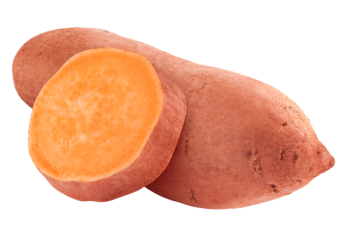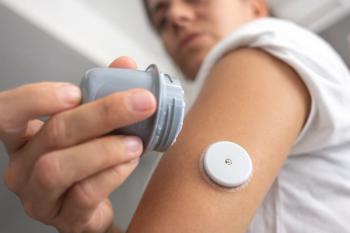
Optical Fiber Detector Developed by Scientists using GC Separation
An optical fiber detector has been developed by Portuguese scientists for the measurement of simple alcohols in industrial atmospheres following GC separation.
An optical fiber detector has been developed by Portuguese scientists for the measurement of simple alcohols in industrial atmospheres following GC separation. The scientists have developed a polymer-coated optical fiber as a detector for a gas chromatograph for the specific detection of volatile alcohols that are encountered in industry. It is based on the variation in optical signal from the fiber as the alcohols are adsorbed. Over-exposure to low-molecular-mass alcohols such as the isomeric butanols and pentanols causes irritation to the eyes and throat, nausea, dizziness and even central nervous system depression, so it is important that their airborne concentrations are kept to a minimum. Although there appear to be no performance advantages of the optical fiber detector over the FID, the researchers pointed out that the optical fibre detector is far less expensive and easy to operate.
Newsletter
Join the global community of analytical scientists who trust LCGC for insights on the latest techniques, trends, and expert solutions in chromatography.





